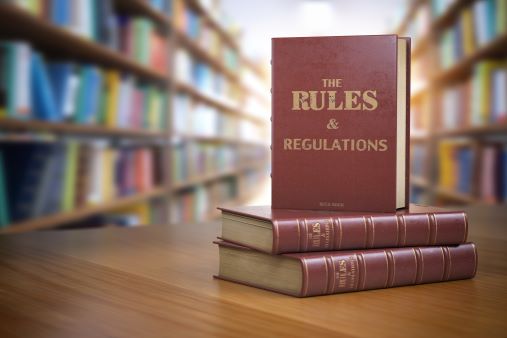Yesterday, Region 7 of the NLRB conducted an information session regarding the NLRB’s new election rules that will go into effect next Tuesday, April 14, 2015. As we have previously covered, the new rules make several changes to the NLRB procedures that appear to be intended to reduce the time it takes to get to an election after a representation petition is filed. As part of its presentation, Region 7 provided certain materials including the following (click the link to download copies of each):
What is clear is the NLRB’s rule changes will be substantial, and there are many new procedural nuances and pitfalls. Much discretion has been imparted to the individual Regional Directors related to a whole host of decisions permissible under the rules. The pre-election hearing procedure has been significantly narrowed. Many standards to be applied related to the hearing are not defined and will have to get worked out ad hoc over time. And, it was made clear that employers will be at the substantial risk of “preclusion” from being able to raise issues later if there is any failure to immediately raise an issue in their initial, and newly required, Statement of Position. Additionally, electronic filing of petitions and election documents is to become the norm, and employer posting and information sharing at various stages of the petition process is also greatly expanded.
Finally, as has been speculated for months, it is pretty clear now that even if an employer has an issue appropriate for a pre-petition hearing and a hearing is conducted, elections will proceed much, much faster. The Regional Directors have been directed to schedule elections “for the earliest date practicable,” a term that is undefined by any public rule or directive. And, even if a hearing is conducted, it likely elections will be able to proceed as early as 21-24 days from the filing of the Petition. This is half of the 42-day window that was generally afforded under the prior process. Without a hearing, the election date may be much sooner, especially since the new rule also allows the Union to waive the ten-day period to have the new and expanded voter eligibility list (formerly, the
Excelsior list). In fact, in some scenarios it may be possible to have an election as soon as 11-12 days from the filing of the Petition.
Of course, the NLRB claims the basis for the rules changes was employer abuse of the hearing process, notwithstanding the fact that statistics demonstrate that nearly 90 percent of Petitions result in stipulated election agreements. Be this as it may, the rule is here now and employers who are vulnerable to union organizing better be prepared.
Bottom Line
Under the NLRB’s new rules, employers will be forced to not only more quickly develop their legal positions and comply with numerous new administrative burdens and information sharing, but will have to at the same time jump right to the task of conducting a campaign to explain why having a union is not preferred. In other words, unprepared employers will have little time to change employee sentiment. As such, proactive management and cultivation of a union-free environment is now even more important for employers looking to remain union-free.














